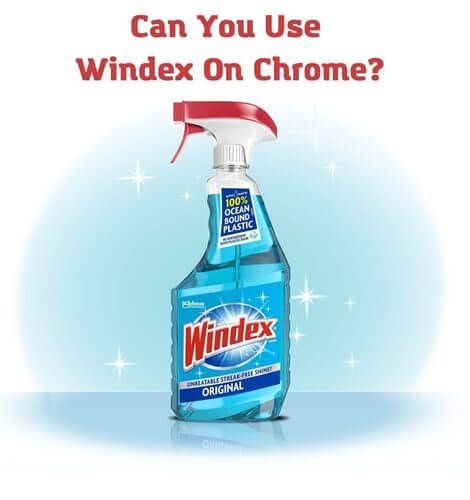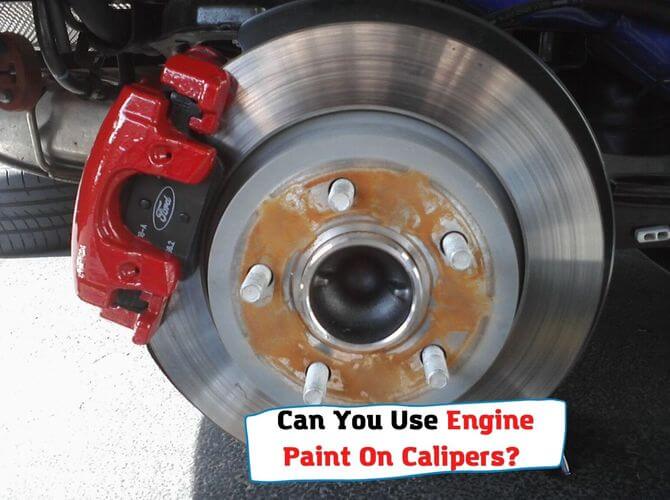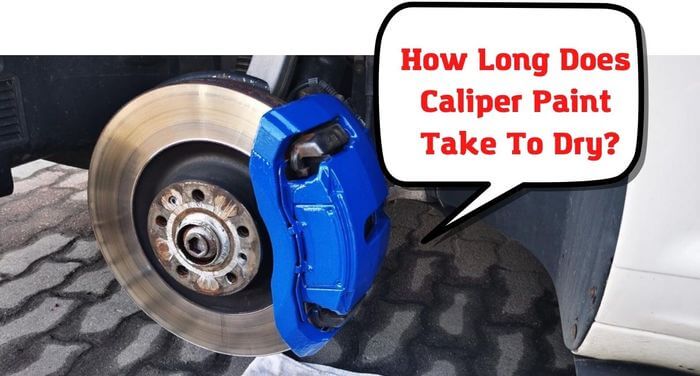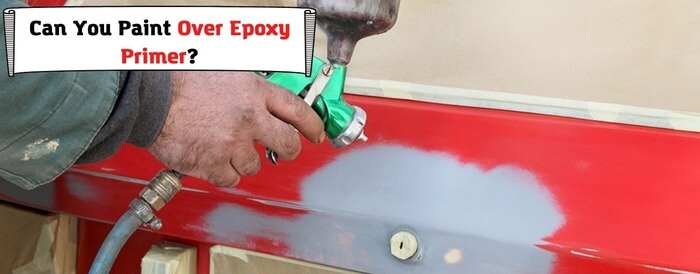The usual practice is to follow the etch primer with a high build primer and a top coat as a surfacer. The etch primer provides excellent bonding properties for the top coat to bond well with the metal.
The top coat usually follows the etch primer because top coats have protective lacquer properties that help them withstand the elements as it produces a great color hold-up. But what about the idea of a base coat over etch primer? Will it work?
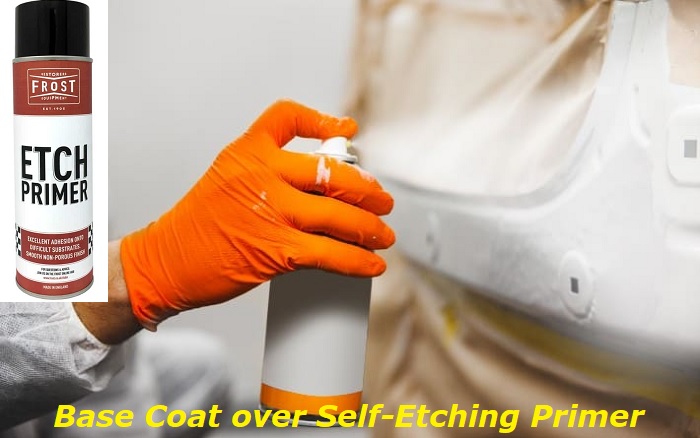
This article answers the question. It also discusses what a base coat and an etch primer are and lists a few application tips to ensure that you get great results.
What Is a Base Coat?
In the auto body work industry, newbies usually get confused about base coats and top coats. Technically speaking, unlike top coats, usually called clear coats and usually applied over the base coats, base coats are applied under the top coats.
They are usually thicker and do not contain the protective properties of lacquer as the top coat does. Also, base coats are thicker than top coats, as you can usually see them through the top coat.
Apart from the difference in formulation, base coats are usually two kinds: the primer, which provides adhesion over the bare metal, and the color on which the final (top) coat is applied.
It is the foundation coat that bonds with the primed surface to create a half-permanent membrane of protection. This protects the paint against chemical stains and slight scratches.
What Is an Etch Primer?
An etch primer is a lacquer-based primer formulated with a small amount of acid. This acid does three things when you apply the etch primer. It improves adhesion, durability, and the color hold-out over your topcoat (clear coat).
You can use it on any type of auto-body work repair, metal restoration, or metal fabrication where you have a non-etched metal surface. These include metal surfaces such as steel, galvanized stainless aluminum, chrome, fiberglass, etc.
The etch primer essentially builds you a base to build your paint on. So, you can apply any non-epoxy primer or top coat on top. The result is that this enhances the durability, color hold-up, and adhesion of your top coat.
Base Coat Over Etch Primer – Will It Work?
Yes, it will work. Technically, you can paint over etch primer. So, after applying your etch primer on the bare metal, you can go ahead with a base coat over it and a top coat.
Etch primer is a great sealing coat option designed to be applied on bare metal. Its main benefit is that it seals off the metal’s surface, acting as a barrier between the bare metal’s surface and the moisture that tries to corrode the metal.
It etches into the metal to promote good adhesion and rust prevention.
A base coat over etch primer will work well, but it is important to note that it may not work well in all cases. Etch primer is notorious for being compatible with a few select top coatings and incompatible with others.
More importantly, it is recommended that you closely heed the manufacturer’s information on how to apply the etch primer and the guide for top coats to follow.
However, as a general principle in the auto-spray industry and as a matter of practice, it is advisable that you spray another coat of primer over the etch primer. This is important for a high build to properly seal everything up for a longer period and to promote even better adhesion of your top coats.
NOTE: Never apply epoxy primer over self-etch. You can use other non-epoxy primers for a high build.
How To Make It Work Out
Perhaps, the first step to making it work out well is understanding the type of self-etch product you are working with. Many manufacturers offer various etch primer products.
Some are designed for general use, auto restoration, and bare metal work. Some others are designed for filling any imperfections in the metal. The benefit of these products is to save you a lot of sanding in the long run. And a few others are produced without metallic binders, such as copper and zinc. This will provide you with long-term protection and enhance your project’s durability and color hold-out.
So, understanding the type of self-etch product you are using for the objective you want to accomplish is important.
Another thing to understand about etch primers is that they must be applied on bare metal. Etch primers should not be applied to old paint or dirty metal surface.
This is important because of how the etch primer works. Etch primers are made with acid and zinc as the functional elements because the latter burns into the metal and the former acts as a seal over the bare metal.
This is why it is important to ensure that the metal must be stripped bare before applying the etch primer. Oil deposits and previous paint must be removed for a great result.
However, these few steps below are required for the base coat over the etch primer to work out just well.
Preparing the bare metal
Removing every rust on the metal is the first step. You want to remove the bare metal by sanding or sandblasting it. You can also use metal brushes to brush off the rust.
If you are unsure of how to go about the prepping, a good way to sand the metal is to clean it off with 180-grit sandpaper.
The etch primer will paint over the rust to stop the corrosion’s spread after it is exposed to moisture and other oxidizing elements.
After sanding the metal, it is recommended that you finish the prep stage with some grease and wax remover. You want to use two rags for this process. You want to pour some grease and wax remover on the first rag and wipe the metal surface down.
This is to remove any oils, handprints, and other contaminants from the surrounding that may have contaminated the metal surface.
Scrub it down with the paper towel you poured the grease and wax remover on. Thoroughly clean the metal. After that, you want to wipe the metal down again with the second paper towel, which should be dry. You don’t want to apply the grease and wax remover on the second paper towel.
The wet paper towel softens the contaminants on the metal so that you can clean them off with the dry one. The dry paper towel removes the contaminants and cleans the metal so you can apply the primer.
Once you clean the metal surface, you want to give it a couple of seconds to dry before applying the etch primer.
Applying the etch primer
Before you apply the etch primers, you want to ensure that your etch primer is thoroughly mixed by shaking the can.
Normally, when working with more than one primer, it would be best to apply only light, thin coats. The idea here is that this self-etch primer is not a high-build primer. So you want to use it lightly to create a bond between the metal and your other primer or surfacers.
In this scenario, two coats of the etch primer thinly sprayed will usually be enough.
But since you will be using a base coat on the etch primer and not another primer, you can try to get a high build with the self-etch primer. You can apply more than two coats to get a high build.
You want to use a fan spray and go over the metal’s surface. After two coats, you will still have some clouds on the metal because two coats are not thick enough to cover all. A few more coats till you get a high build will be best.
Ensure to leave some drying time between each coat and pay attention to the sheen to know when you have succeeded in creating a high build.
After spraying enough coats to get a high build etch priming (usually about 3 or 4), you want to leave some drying time again before applying your base coat.
Finally, you must follow the base coat with a top coat. As mentioned earlier, base coats do not have the protection properties of lacquer as top coats do. So, following the base coat with a top coat is in your best interest. The top coat will protect that your auto-spray job needs to be complete.
Bottom Line
Base coats over etch primers will work, but a few tips are needed to ensure sparkling results. These tips are highlighted above.
Again, for a great color hold-up and a quality auto-spray job, it is important to understand the etch primer you are working with and the nature of the base coat paint you are following the etch primer. Ensuring they are compatible will prevent a lot of mess and mistakes in the end.
- Can You Unmix Paint: Techniques, Consequences, Alternatives - February 23, 2024
- Does Primer Need to be Mixed? Effective Primer Application - February 22, 2024
- How to Make Old Paint Usable Again: Retrieving and Preserving Paint - February 21, 2024
